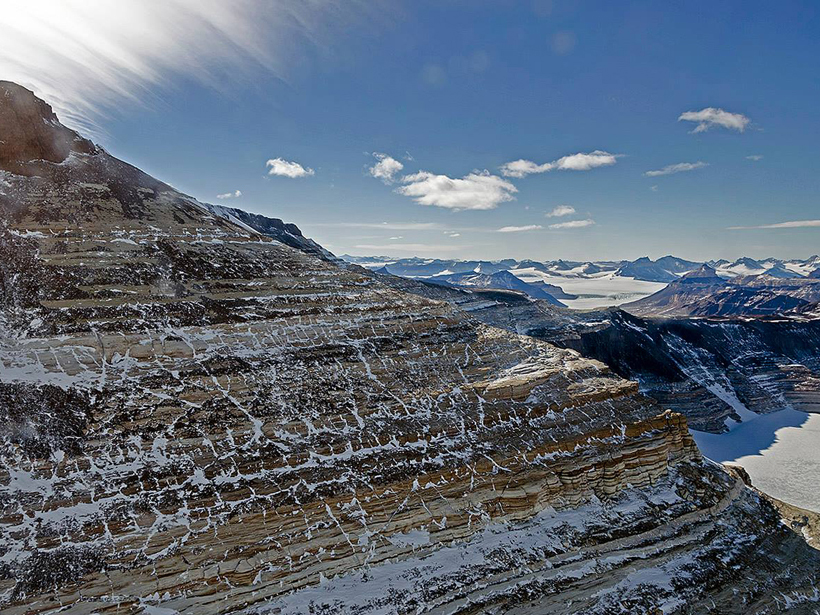Source: Geophysical Research Letters
The pull of gravity is not even across Earth’s surface; in fact, your weight may change slightly depending on where you stand. The planet’s uneven density gives rise to these gravity anomalies—variations in the strength of gravity over Earth’s surface with respect to the smooth model of normal gravity. These data are much needed in geodesy to construct high-resolution models of Earth’s gravity field. Using these data, the undisturbed mean global sea level (the geoid) can be determined, and it serves as an important reference surface for height measurements and for inferring sea surface topography. Furthermore, by measuring those variations, scientists can glean important geophysical insights about subsurface structures and processes, including the structure of the upper mantle and the tectonic processes that shape Earth’s geological features.

Thanks to satellite data, maps of Earth’s gravity strength have become much more complete in recent years but are limited in resolution. However, terrestrial observations—made on the ground, from aircraft, or aboard ships—are still needed for high-resolution maps. But terrestrial observations can be difficult to collect, especially in remote, inhospitable regions of Antarctica.
Now, by combining many terrestrial data sets, Scheinert et al. have constructed a modern map of gravity anomalies across Antarctica. The map covers 10 million square kilometers—about 73% of the continent—and has a resolution of 10 kilometers.
To make the map, the team compiled all available terrestrial data from Antarctic gravity studies performed over the past 30 years. These studies employed a wide variety of analytical methods, making it impossible to blend their conclusions into a single product.
Instead, the researchers focused on the original raw data, combining and processing it using consistent methods. To aid this analysis, they used a global gravity model based on observations made by the European Space Agency’s GOCE satellite.
The resulting map is the most complete gravity map ever created for Antarctica. Shared publicly, it will help researchers complete the geodetic view of Earth’s gravity field and study the continent’s geophysical past and future. It will also enable scientists to gain a better understanding of how the continent’s geological features affect glacier and ice sheet dynamics.
Additional terrestrial data are needed to close the remaining gaps in the map; for example, there is an especially large gap over the South Pole region. However, the authors say, aircraft data collection could fill in all the major gaps within the next few years. (Geophysical Research Letters, doi:10.1002/2015GL067439, 2016)
—Sarah Stanley, Freelance Writer
Citation: Stanley, S. (2016), Antarctica gets a new gravity map, Eos, 97, doi:10.1029/2016EO047755. Published on 18 March 2016.
Text © 2016. The authors. CC BY-NC 3.0
Except where otherwise noted, images are subject to copyright. Any reuse without express permission from the copyright owner is prohibited.

